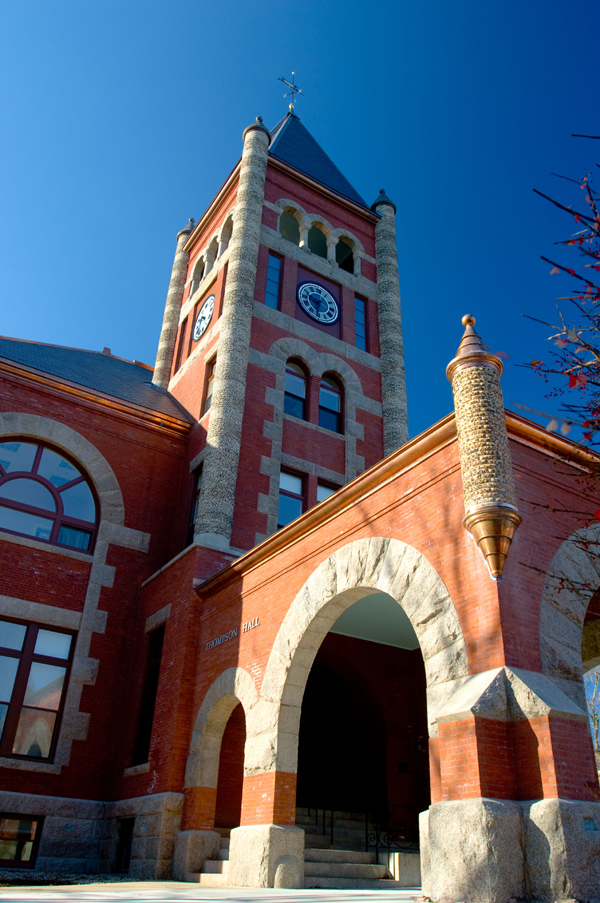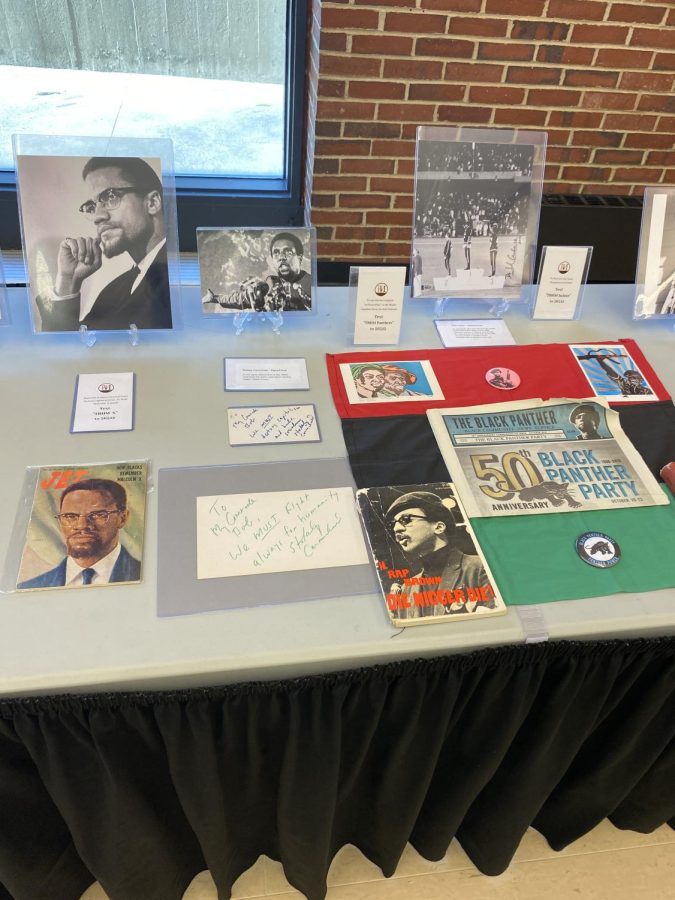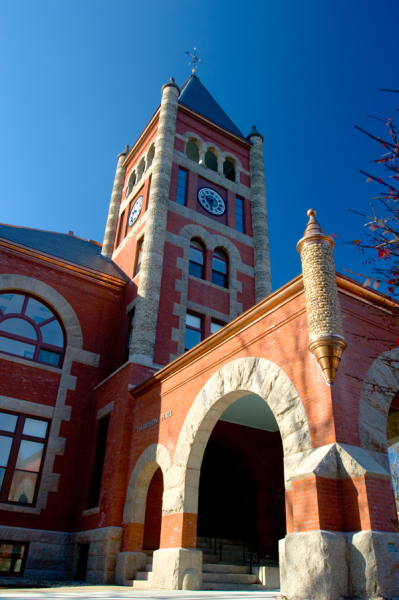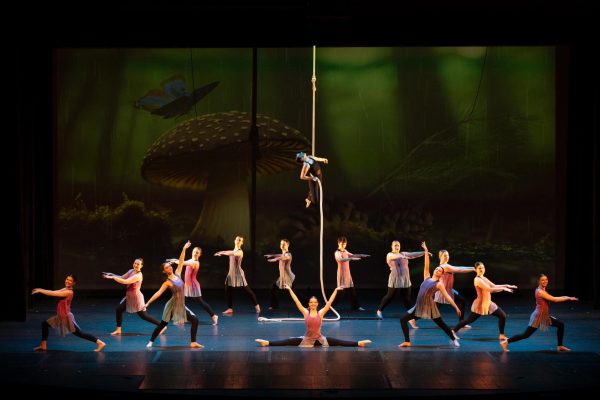Honoring African American history during Black History Month
UNH Hosts True Black History Museum
February 20, 2023
DURHAM, NH- Dozens of photographs to showcase the incredible impact African Americans in history have made on the U.S. lined the tables of the University of New Hampshire’s Strafford room on Feb. 13. Artifacts guided viewers through the Women of Color Museum, hosted by the True Black History Museum to commemorate Black History Month.
Images of revolutionary African Americans were chronologically ordered to have the audience begin at the start: Africa. Janay Jean-Pierre, director of operations for the True Black History Museum (TBHM), said that paying homage to Africa and starting the museum’s tour with African artifacts is important, as African American history did not start with slavery.
“It’s very important to acknowledge that,” said Jean-Pierre.
The first artifact was the African Kente and Mudcloth.
“Kente is the traditional and national cloth of Ghana and Mudcloth of Mali. Both communicate a sense of African pride and esteem,” a description from TBHM read.
Ranging from the 1700s to the present day, each table displayed a chapter of African American history. After the abolishment of slavery in 1865, the history of Washington T. Booker was showcased, along with a signature. Alongside were artifacts from the KKK; an application for membership sat eerily pressed into hard plastic. The next chapter celebrated the Civil Rights Movement of the 1950s- 60s, which honored Rosa Parks’s pioneering step for equality through her famous Montgomery bus boycott in 1955. The U.S. Congress deemed Parks the first woman of the Civil Rights Movement. Sitting next to Parks, a photograph honored Martin Luther King Jr., revered for his revolutionary pursuit of freedom through the Civil Rights Movement.
In partnership with the Women’s and Gender Studies Department, as well as the Social Work Department’s Diversity Committee, the museum features many strong, African American women of history including Oprah Winfrey and Destiny’s Child. These are women who paved the way for Black culture, especially in the entertainment industry. A signature from Destiny’s Child on an album gave the audience a sense of feeling history right in their presence; written signatures that have left a permanent mark on history.
The museum concluded with a smiling picture of former president Barack Obama. The True Black History Museum’s mission is to give the audience at the hundreds of colleges they visit around the country a glimpse into the African American experience, showcasing some of the most notable and revolutionary people that have created African American history.
Learning African American history is “essential and important because Black history is everyone’s history, and it’s not in the history books,” said Jean-Pierre. “It’s important that we learn our history.”































